Stage Craft Education: Welcome
The art of theater is more than just actors delivering lines on a stage; it’s a blend of visual storytelling, auditory experiences, and emotionally driven performances. At the heart of this blend lies craft. A broad term, craft encompasses all the technical aspects of theater, from lighting and sound to set design and construction. The harmonious integration of these elements transforms a play from mere lines in a script to a captivating theatrical performance.
Understanding Stage Craft
Theater has been an integral part of human culture for millennia, evolving from open-air amphitheaters in ancient Greece to the grand opera houses of Europe and the modern theaters we see today. Every evolution has been supported and enriched by advancements in craft.
So, what is stagecraft? You can write an essay with Essaypro about it. In essence, it’s the craft behind the scenes. It’s about setting the stage in such a way that the story comes alive, pulling the audience into the world of the play. Lighting, for instance, can set a mood or emphasize an emotion, while sound design adds depth to the environment. Without effective craft, even the most brilliant actors would struggle to bring their characters to life.
The role of craft in theatrical productions is paramount. A carefully designed set can transport audiences to different worlds – from the fantastical lands of Shakespearean plays to the gritty streets of modern dramas. craft ensures that the audience isn’t just watching a performance but is completely immersed in it.

Core Elements of StageCraft
The vast domain of craft is divided into several core elements, each playing a pivotal role in the final theatrical presentation:
Scenic Design and Construction:
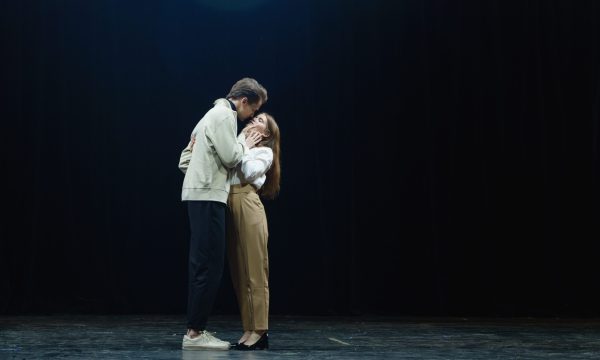
Stepping into a theater, it’s often the sets that first capture our attention. You can write my case study for me with domyessay.com on this topic. Scenic design and construction bridge the gap between an audience’s reality and the narrative’s world. As designers draft and dream, it’s the construction teams who breathe life into those sketches. They work with a variety of materials, from wood and metal to fabrics and paints, sculpting environments that resonate with the story’s spirit. A well-designed set isn’t merely a backdrop but an active participant in the narrative, offering context, mood, and visual intrigue.
Lighting and Sound Design:

Beyond mere illumination and background noise, lighting and sound design play pivotal roles in storytelling. A subtle shift in lights can transform a scene’s mood, from the romance of a candlelit dinner to the suspense of a moonlit forest. Similarly, sound – be it a chirping bird or a distant thunder – adds layers of authenticity to the experience. Lighting and sound designers collaborate closely, orchestrating moments that stay etched in the audience’s memories long after the curtains fall.
Costume and Makeup Design:
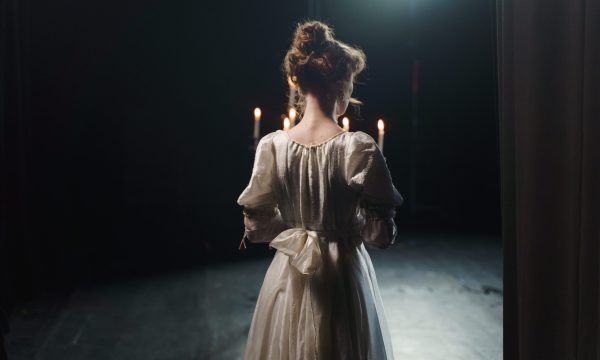
Before an actor utters a word, their attire speaks volumes. Costumes tell tales of epochs gone by, of kingdoms and alleys, of affluence and destitution. But the devil, as they say, is in the details. Makeup artists paint stories on faces – a scar hinting at battles fought, or wrinkles revealing years of wisdom. Together, costume and makeup designers craft the visual identity of characters, ensuring that their external appearance resonates with their internal journey and the world they inhabit.
Stage Management and Backstage Operations:

The heartbeat of any production is its backstage. The cacophony of whispered cues, hurried footsteps, and the clinking of props is orchestrated into perfection by stage managers and their teams. They are the guardians of timing, ensuring that a missing prop or a late entrance doesn’t disrupt the narrative flow. Their role is a dance of precision, anticipation, and rapid response, proving that the real magic often happens behind the scenes.
Props and Special Interesting Effects:
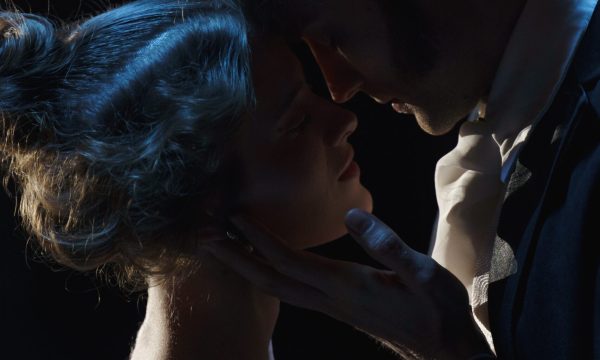
While a narrative’s core lies in its script and performance, props and special effects provide the icing on the theatrical cake. A letter can change the course of a plot, while a fog machine can transport audiences to eerie landscapes. Props, be they mundane or fantastical, become central elements of many scenes, driving narratives forward. Meanwhile, special effects – from pyrotechnics to digital projections – amplify the spectacle, making each moment on stage a feast for the senses.
Embracing a career in craft often begins with the right education. By understanding the intricacies of the craft, individuals can hone their skills, innovate, and eventually, inspire.
There are numerous benefits to pursuing a craft education. Beyond the acquisition of technical skills, it allows for the development of a unique artistic voice. Whether through formal courses, intensive workshops, or even online resources, aspiring stagecrafters have multiple avenues available to them.
Institutions worldwide are now offering specialized craft courses. These programs not only teach the fundamentals but also provide platforms for networking and real-world experience. One such renowned institution is the crafters Theater, celebrated for its comprehensive curriculum and hands-on training approach.
The Educational Journey

Career Opportunities in StageCraft
The world of craft offers a plethora of career opportunities. Each production demands a team of skilled individuals, each specializing in a particular domain:
- A set designer visualizes and creates the environment in which the story unfolds.
- Lighting technicians master the art of illumination, dictating the play’s tone and feel.
- Stage managers, on the other hand, are the glue holding all these elements together, ensuring smooth transitions and timely cues.
With the industry’s growth, there’s a rising demand for skilled crafters. Their expertise can lead to collaborations with notable theaters, touring productions, and even television and film sets. The realm of stagecraft also offers growth prospects, where with experience, a lighting technician can evolve into a lighting director or even a production manager.
Success stories are aplenty in this field. Many professionals began with a love for theater and, after formal education and years of hard work, are now making waves in global productions.
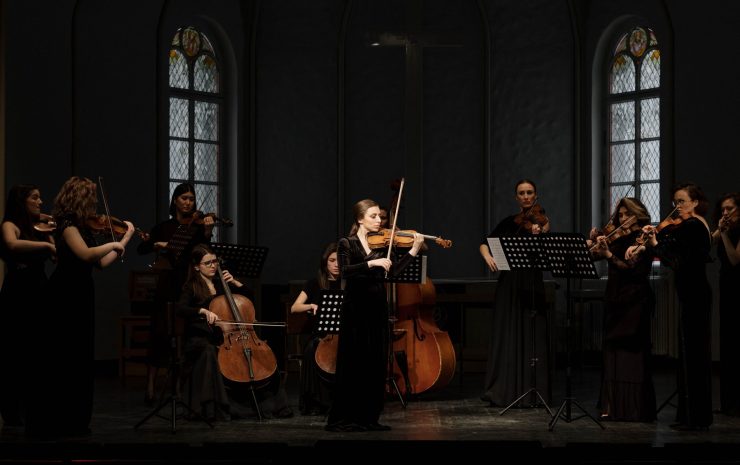
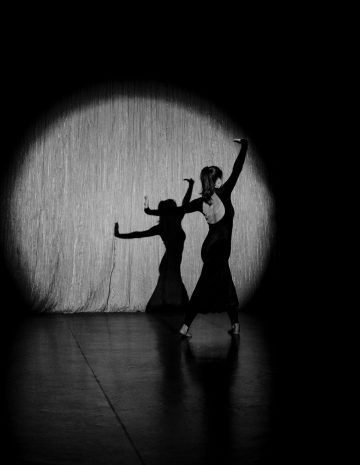
Resources and Tools for Aspiring StageCrafters
In a world that’s rapidly digitizing, the timeless allure of books remains irreplaceable. For those keen on diving into the depths of craft, numerous publications stand as beacons of knowledge. Authored by veterans of the field, these books offer both foundational knowledge and advanced techniques. They serve as repositories of history, documenting the evolution of craft, while also presenting futuristic visions. Whether it’s understanding the nuances of lighting, the intricacies of scenic design, or the art of sound design, there’s likely a book dedicated to it. A well-curated library can thus become an invaluable resource for both novices and experts in the craft.
The advent of the digital age has revolutionized how we learn. No longer restricted by geography or access to physical resources, craft enthusiasts can now explore a plethora of tutorials online. Websites dedicated to various craft elements offer articles, case studies, and interactive lessons. Video platforms, with their visual demonstrations, break down complex techniques into digestible steps, making learning both engaging and effective. For those just beginning their journey, online platforms provide a space for experimentation, feedback, and continuous learning, all from the comfort of their homes.
The world of craft has witnessed a technological renaissance. While traditional tools remain central, software solutions are fast becoming indispensable. Design software, for instance, enables real-time visualization, allowing for iterative improvements without the need for physical modifications. Sound mixing tools provide a symphony of options, ensuring that what audiences hear is pitch-perfect. For anyone serious about mastering the craft, staying updated with the latest tools and software is non-negotiable. Not only do they enhance efficiency and precision, but they also open doors to innovations that were previously unimaginable.
Craft, while often an individual’s expression, thrives in a community. Networking is the bridge that connects crafters, fostering an environment of mutual growth and collaboration. Online forums and social media groups serve as platforms for discussions, critiques, and sharing of resources. Associations dedicated to various craft elements offer structured learning opportunities, mentorship programs, and certifications. Furthermore, attending events, workshops, and seminars not only provides hands-on learning experiences but also facilitates connections with industry stalwarts. For an aspiring crafter, these networks can prove instrumental in shaping careers, forging collaborations, and staying abreast of industry trends.

Conclusion
The art and science of stagecraft are the backbone of every memorable theatrical performance. From the smallest prop on stage to the grandest set designs, every element is a testament to the dedication, creativity, and expertise of crafters worldwide. As we pull back the curtains and delve deeper into the world of stage craft education, it becomes evident that this field is not just about technical proficiency but also about passion, innovation, and storytelling.
For those considering a journey in this craft, the path promises lifelong learning, artistic satisfaction, and the joy of bringing stories to life in the most enchanting ways possible. Whether you’re an aspiring artist, an avid theatergoer, or someone curious about the magic behind the scenes, always remember: every play, every performance, every applause owes a bit of its magic to the world of this craft.